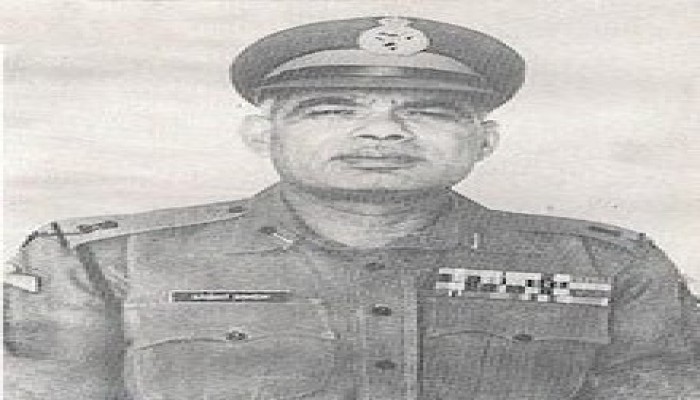Goa Liberation day: Remembering liberator of Goa Sagat Singh
- In Reports
- 02:19 PM, Dec 19, 2020
- Myind Staff
The Portuguese ruled several Indian territories including Goa for over four centuries. The Indian state finally liberated Goa from the Portuguese occupation after a brief military operation in 1961.
And since then December 19 is observed as the Goa Liberation Day every year. The day marks the Independence of Goa from centuries of Portuguese colonisation. Portugal had colonised several territories in India since 1510. However, by the end of 19th century, their rule was limited to few Indian territories including Goa, Daman and Diu, Dadra and Nagar Haveli.
Liberation of Goa
After India got its Independence in 1947, the territory of Goa was still under the control of Portugal. Despite several rounds of negotiations and diplomatic parleys, Portugal did not agree to free Goa and other Indian territories.
So to liberate these areas, the Indian government led by the then Prime Minister Jawaharlal Nehru ordered a brief military operation codenamed 'Operation Vijay' that lasted for 36-hour and freed Goa on December 19, 1961.
In this operation, Bikanerborn Rajput, Brigadier Sagat Singh along with his 50th Para brigade did a remarkable job. The 42-yearold Brigadier was a commander who also fought in the gruesome Second World War.
He went on to become one-of-a-kind military mastermind that India produced. With indomitable fortitude and resolve Brigadier Sagat led the 50th Para brigade into the arena of war. Towering above everyone at six feet two inches, he had earned his “Para Wings” in record time by making four Para jumps in a span of two days, an astonishing feat at his age. The daring Brigadier ordered his men to take the smugglers route to enter Goa clandestinely.
And thirty-six hours after the commencement of the operation at 0600 hours on Tuesday, 19 December, India’s 50th Para brigade crossed the river Mandovi along with the 2nd Sikh light infantry. They became the first Indian troops to enter Panjim and liberate the capital. Brigadier Sagat ordered the troops to remove their steel helmets and don their maroon berets. In the black and white archival news footage shot that day Goans can be seen waving Indian flags and welcoming the Indian soldiers. The official Portuguese surrender ceremony was conducted at 2030 hours on 19 December. Under the headlights of a car the official letter of surrender was signed by Governor General Silva and delivered to Major General K.P. Candeth. A few days later Ronald C.V.P. Noronha, an ICS officer, was transferred from Madhya Pradesh to Goa as the Chief of Civil Administration. An area of about 1,500 square miles on our western coast was reunited with India.
It was Brigadier Sagat’s audacious leadership that tilted the balance in India’s favour. Interestingly, Major General V.K. Singh in his book, Leadership in the Indian Army: Biographies of Twelve Soldiers, has recorded that Portuguese Prime Minister Antonio Salazar had announced an award of $10,000 to anyone who captured and delivered the Indian Brigadier Sagat Singh to Republica Portuguesa. Inexplicably back home the Defence Ministry of India disallowed gallantry awards for the liberation of Goa.
In 1972, Lt General Sagat Singh, PVSM, was awarded the Padma Bhushan and in March 2013 the Government of Bangladesh acknowledged his achievements. After retirement from the Indian Army he settled down in Jaipur and appropriately named his house “Meghna”. On 26 September 2001, thirty years after ensuring the victory in the Bangladesh War, our nation’s war hero who changed the history and geography of India breathed his last.
Lt General Sagat Singh, PVSM, Padma Bhushan (14 July 1919 to 26 September 2001), arguably the greatest combat general of the contemporary world, was a remarkable Indian. An effort should be undertaken by the Government of India to include his wartime exploits in school textbooks. And finally on the eve of the golden anniversary of the Bangladesh War this outstanding combat leader is the right candidate for the Bharat Ratna.
Sagat Singh was born in Churu, in Rajasthan, in 1918. He started his career in the Bikaner state forces as a Jamedar in 1938.
Sagat Singh's character was played by Bollywood actor Jackie Shroff in the 2018 Indian Hindi-language film Paltan (film).
Image obtained from Twitter







Comments